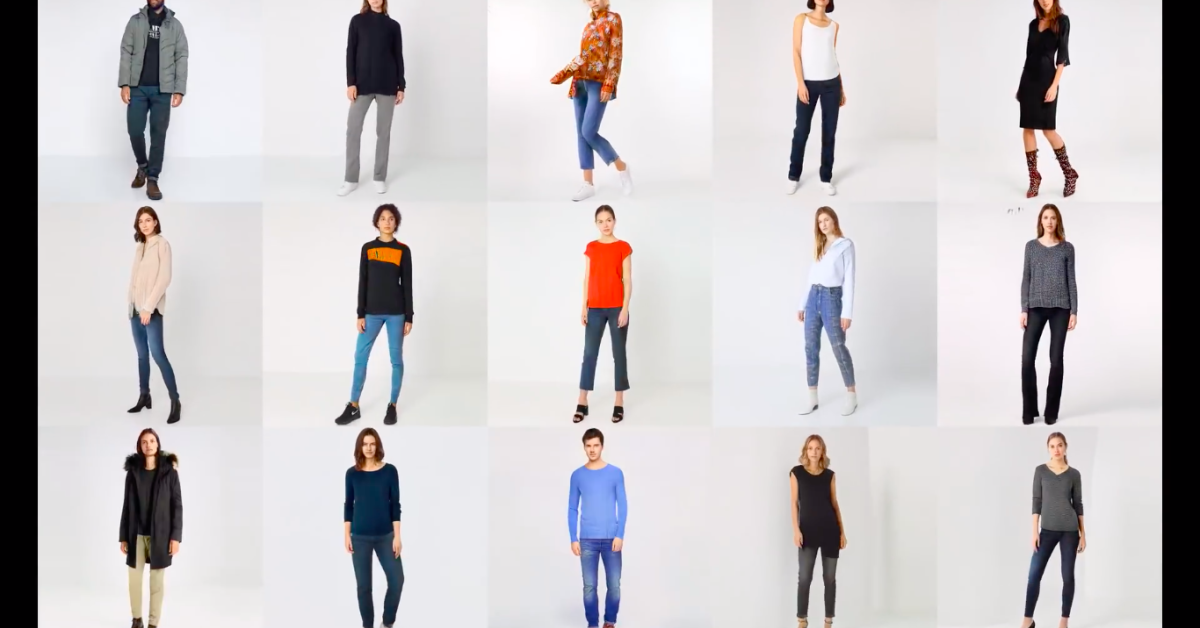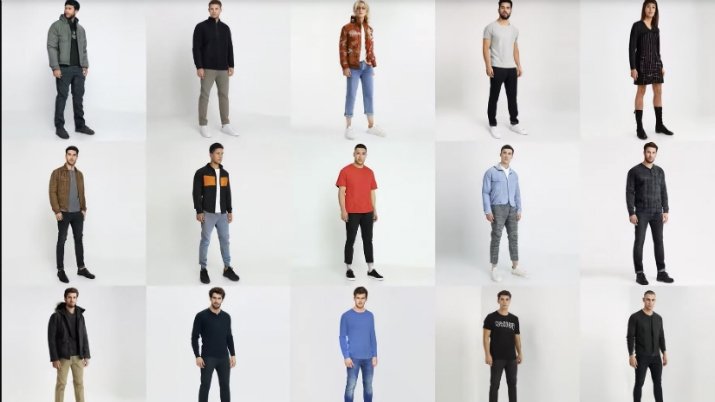AI Generates Photorealistic Images Of People Who Don’t Even Exist
Harin - Apr 30, 2019

Amazing AI from DataGrid can whips up photorealistic models and outfits from scratch, which can be useful for clothing companies and advertising agencies.
- Japan Marks 10 Years Since The Fukushima Disaster Killing 18,500 People
- New ‘Deep Nostalgia’ AI Allow Users To Bring Old Photos To Life
- Japan Has New Minister Of Loneliness To Deal With Suicide Rates
A recently developed deep learning algorithm is capable of generating high-resolution, photorealistic pictures of people with faces, hair, outfits and everything from scratch.

The models created by AI should be the most realistic ones that we have ever come across. Advertising agencies and clothing companies that want to have photogenic models without having to pay a dime will soon get their hands on this tech. But at the same time, algorithms that are similar to this one could be exploited to undermine the trust people have in digital media.
DataGrid, a tech company located in Kyoto University’s campus in Japan, is the developer of the algorithm. In a video demonstrating the tech, the models can be seen changing their poses as well as their outfits constantly, from bomber jackets to winter coats and from dresses to graphic tees.
The new algorithm is a GAN (Generative Adversarial Network). This type of AI is used to generate new copies of already existing things in the real world. They can be hand-drawn caricatures or video game levels.
Past attempts with GANs to produce photorealistic portraits only focused on generating faces. The flaws found in these faces were bizarre teeth, glitchy color blotches from the background, and asymmetrical jewelry or ears.
The system of DataGrid gets rid of all irrelevant data that can confuse the algorithms, put all AI models in front of a white background and shine a realistic-looking light from above instead.
Every time scientists develop a new algorithm which can create realistic photos or deepfakes that when compared to real photos are very difficult to tell them apart, it poses as a warning that AI-powered media could easily be exploited for manipulative propaganda. With this algorithm, we are hoping that it will stay confined within the area of fashion catalogs only.
Featured Stories

Features - Jul 01, 2025
What Are The Fastest Passenger Vehicles Ever Created?

Features - Jun 25, 2025
Japan Hydrogen Breakthrough: Scientists Crack the Clean Energy Code with...

ICT News - Jun 25, 2025
AI Intimidation Tactics: CEOs Turn Flawed Technology Into Employee Fear Machine

Review - Jun 25, 2025
Windows 11 Problems: Is Microsoft's "Best" OS Actually Getting Worse?

Features - Jun 22, 2025
Telegram Founder Pavel Durov Plans to Split $14 Billion Fortune Among 106 Children

ICT News - Jun 22, 2025
Neuralink Telepathy Chip Enables Quadriplegic Rob Greiner to Control Games with...

Features - Jun 21, 2025
This Over $100 Bottle Has Nothing But Fresh Air Inside

Features - Jun 18, 2025
Best Mobile VPN Apps for Gaming 2025: Complete Guide

Features - Jun 18, 2025
A Math Formula Tells Us How Long Everything Will Live

Features - Jun 16, 2025
Comments
Sort by Newest | Popular